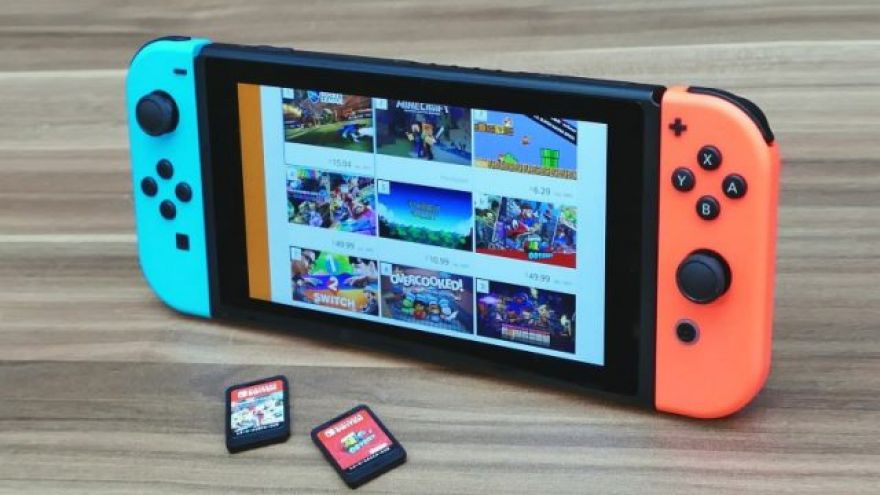
The New Nintendo Switch Delivers Vastly Improved Battery Life
The new, barely changed Nintendo Switch has finally hit the market. It hasn’t been clear what benefits end-users could expect from this new revision of the console — data pointed to better battery life, but not much more than that as far as overall improvements were concerned. Now we’ve got an idea what improvements the new console delivers. Sometimes manufacturers sneak in improvements that aren’t widely played up beforehand, but that’s (mostly) not the case here.
Digital Foundry took the new Switch and finds that Nintendo lived up to their promises as far as battery life is concerned. Overall system longevity is vastly improved and power consumption has been cut nearly in half, from 13.3W to 7W while playing Breath of the Wild.
Image and data by
Battery life at half brightness is now 1.64x better, while full-brightness battery life is 1.78x better. Switching from full brightness to 50 percent brightness improves Switch battery life by 1.17x, for those wondering what the impact of the screen setting is. Overall temperatures are not much reduced — the heat off the internal SoC is 50C instead of 54C. However, DF notes that the Switch is also physically quieter than before, implying that Nintendo may have reduced the fan RPM, choosing to limit noise as opposed to keeping equal cooling and therefore further reducing temperature.
One known reason for the improved battery life may be changes to the display. There are reports that Sharp provided an IGZO panel for the Switch Lite, but it isn’t clear if this covers the new Switch model as well. However, the display is definitely different, with a magenta tint and an off-white background color compared with the OG Switch.
Image by
As for performance, the two devices are almost equivalent. I say almost because, while average frame rates wind up in pretty much exactly the same places on both consoles, there are some specific spots where performance is improved. Digital Foundry has more details on this. Outside of some corner cases, however, overall performance is the same.
Customers who want to try and pick up the newer model with better battery life should look for a console labeled HAC-001(-01) as opposed to HAC-001. Nintendo’s guidance is , however, indicating that the new Switch will start with a “HAD” label rather than “HAC.” That’s official guidance from the company, so it’s possible that the old HAC-001(-01) / HAC-001 split was for the Asia-Pacific market, and Western consoles will have a different label.
It has not been formally confirmed whether the new Switch is using a Tegra X1 chip built on a more advanced process node, but we suspect it is. The new Switch uses the same size battery as the old Switch. While screens are major drivers of power consumption, the Switch uses a comparatively low-resolution display to start with. While changing the displayed resolution of a panel does nothing to change how much power it consumes, the absolute number of pixels in the display does impact overall power consumption. Android Authority of the Pixel 3 and Pixel 3 XL earlier this year and calculated out the impact of 1440p versus 1080p on power consumption after taking the XL’s larger battery into account. Using a 1080p panel instead of a 1440p panel increased battery life by 1.1x at the same battery capacity.
Since the Switch uses a lower-resolution panel to start with, we wouldn’t expect the panel technology alone to account for a gain this large, but details will have to wait for a formal device teardown. There’s no sign of a fix for JoyCon drift — this problem continues to hit Switch owners, though Nintendo now offers a free repair program for affected customers. There’s also no secondary improvements, like the better Wi-Fi, improved 3D effects, NFC support, or other improvements that Nintendo introduced with the New 3DS relative to the 3DS, but Nintendo also isn’t trying to position this like a major console update. The entire idea is that customers with the newer variant get better battery life, but nobody should feel left behind if they don’t have the latest edition.
Now Read: